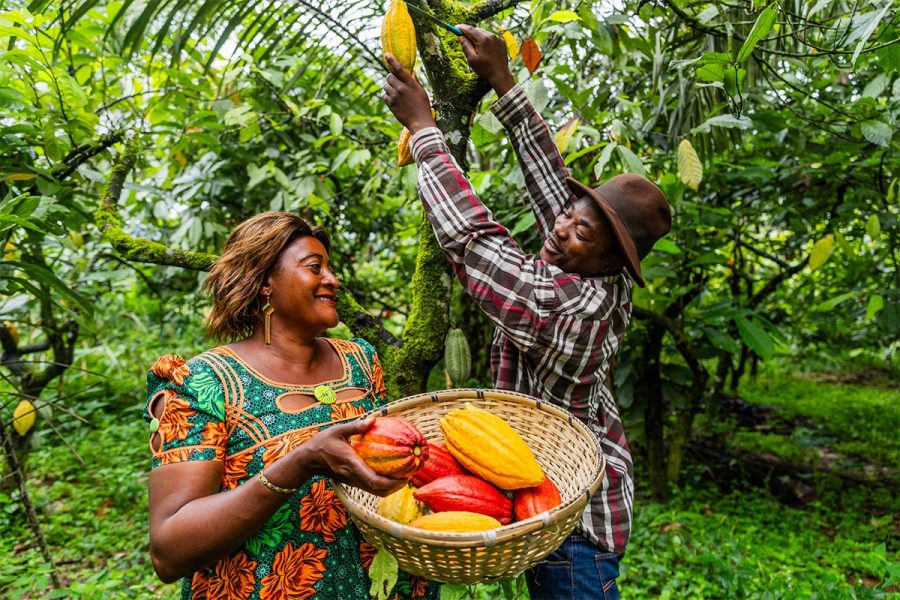In a recent surge that has caught the attention of global markets, cocoa prices have ascended to a new peak of $5,970 per tonne, fuelled by concerns over dwindling supplies and the adverse effects of drought on plantations in West Africa, which is responsible for three-quarters of the world’s cocoa production.
The price of cocoa has increased by over $1,000 per tonne, or nearly 40% since the start of the year, as the top producers, Ivory Coast and Ghana, grapple with the scarcity caused by drought and the spread of diseases across their plantations.
Compounding the issue are the Harmattan winds, seasonal dry gusts that are detrimental to the crop quality and yield.
The drought, a consequence of the El Niño climate phenomenon, is expected to exacerbate the situation, potentially leading to a further decrease in cocoa production.

Recent figures reveal a significant drop in cocoa shipments from Ivory Coast, with 1.04 million tonnes delivered to ports from October 1st to February 4th, marking a 39% decrease compared to the same period last year.
Similarly, Ghana has seen a substantial reduction in cocoa arrivals, with 341,000 tonnes recorded up to January 31st since the start of the harvest season on September 1st, a 35% decline from the 521,000 tonnes reported a year earlier.
The escalating cocoa prices are anticipated to impact chocolate production, leading to increased costs for major chocolate manufacturers, which, in turn, will be reflected in the prices faced by consumers.
This development poses a challenge for the chocolate industry, which may need to navigate the balance between maintaining quality and managing rising production costs, potentially affecting chocolate lovers worldwide.